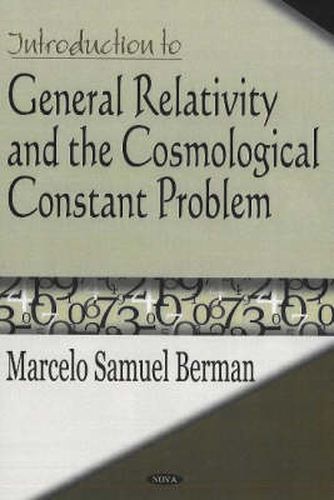Readings Newsletter
Become a Readings Member to make your shopping experience even easier.
Sign in or sign up for free!
You’re not far away from qualifying for FREE standard shipping within Australia
You’ve qualified for FREE standard shipping within Australia
The cart is loading…






This book is an introductory text in General Relativity, while also focusing some solutions to the cosmological constant problem, which consists in an amazing 100 orders of magnitude discrepancy between the value of this constant in the present Universe, and its estimated value in the very early epoch. The author suggests that the constant is in fact, a time-varying function of the age of the Universe. The book offers a wealth of cosmological models, treats up to date findings, like the verification of the Lense-Thirring effect in the year 2004, and the recently published research by Cooperstock and Tieu (2005) suggesting that dark matter is not a necessary concept in order to explain the rotational velocities of stars around galaxies’ nuclei. This is a mathematical cosmology textbook that may lead undergraduates, and graduate students to one of the frontiers of research, while keeping the prerequisites to a minimum, because most of the theory in the book requires only prior knowledge of Calculus and a University Physics course.
$9.00 standard shipping within Australia
FREE standard shipping within Australia for orders over $100.00
Express & International shipping calculated at checkout
This book is an introductory text in General Relativity, while also focusing some solutions to the cosmological constant problem, which consists in an amazing 100 orders of magnitude discrepancy between the value of this constant in the present Universe, and its estimated value in the very early epoch. The author suggests that the constant is in fact, a time-varying function of the age of the Universe. The book offers a wealth of cosmological models, treats up to date findings, like the verification of the Lense-Thirring effect in the year 2004, and the recently published research by Cooperstock and Tieu (2005) suggesting that dark matter is not a necessary concept in order to explain the rotational velocities of stars around galaxies’ nuclei. This is a mathematical cosmology textbook that may lead undergraduates, and graduate students to one of the frontiers of research, while keeping the prerequisites to a minimum, because most of the theory in the book requires only prior knowledge of Calculus and a University Physics course.